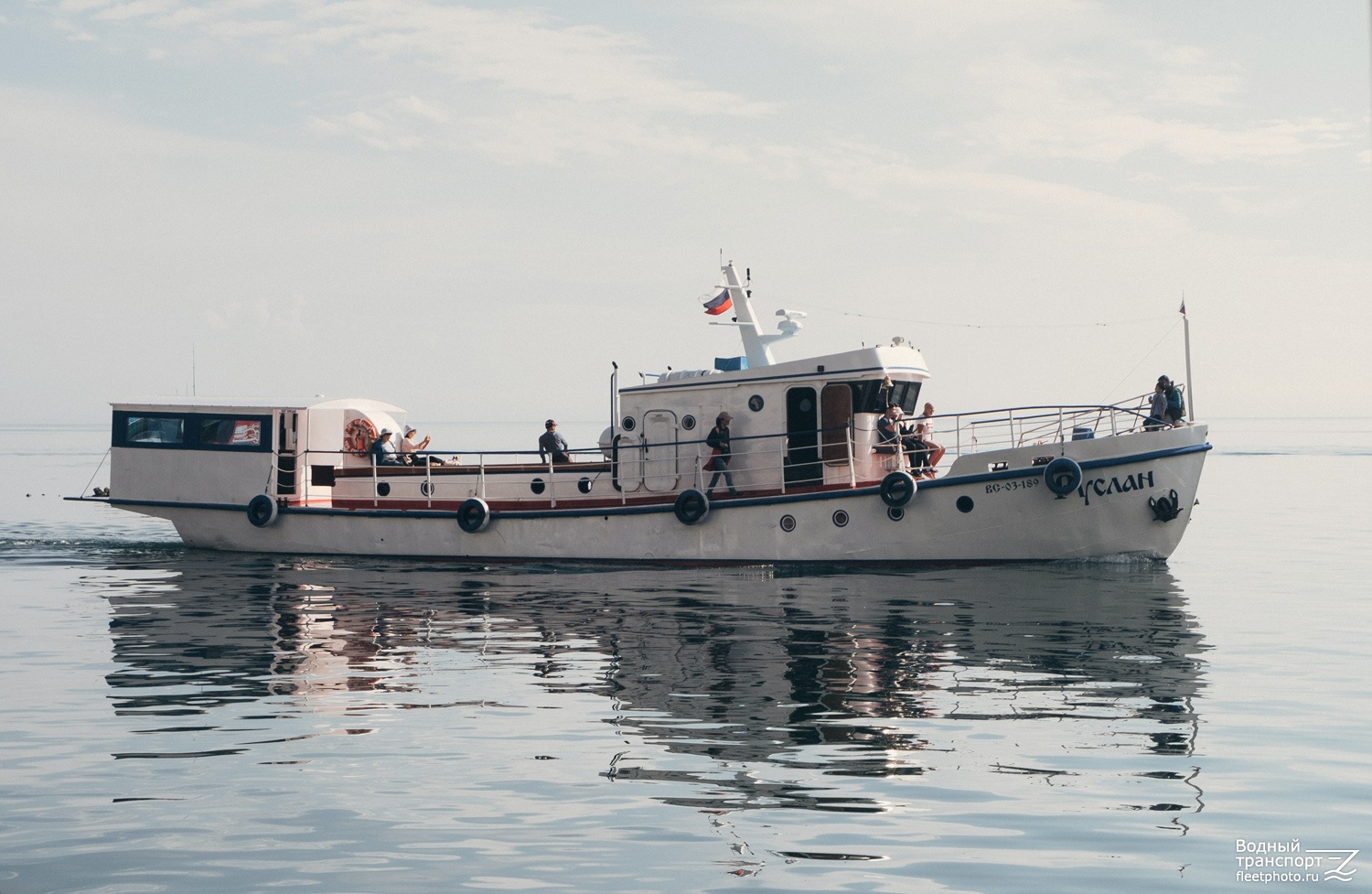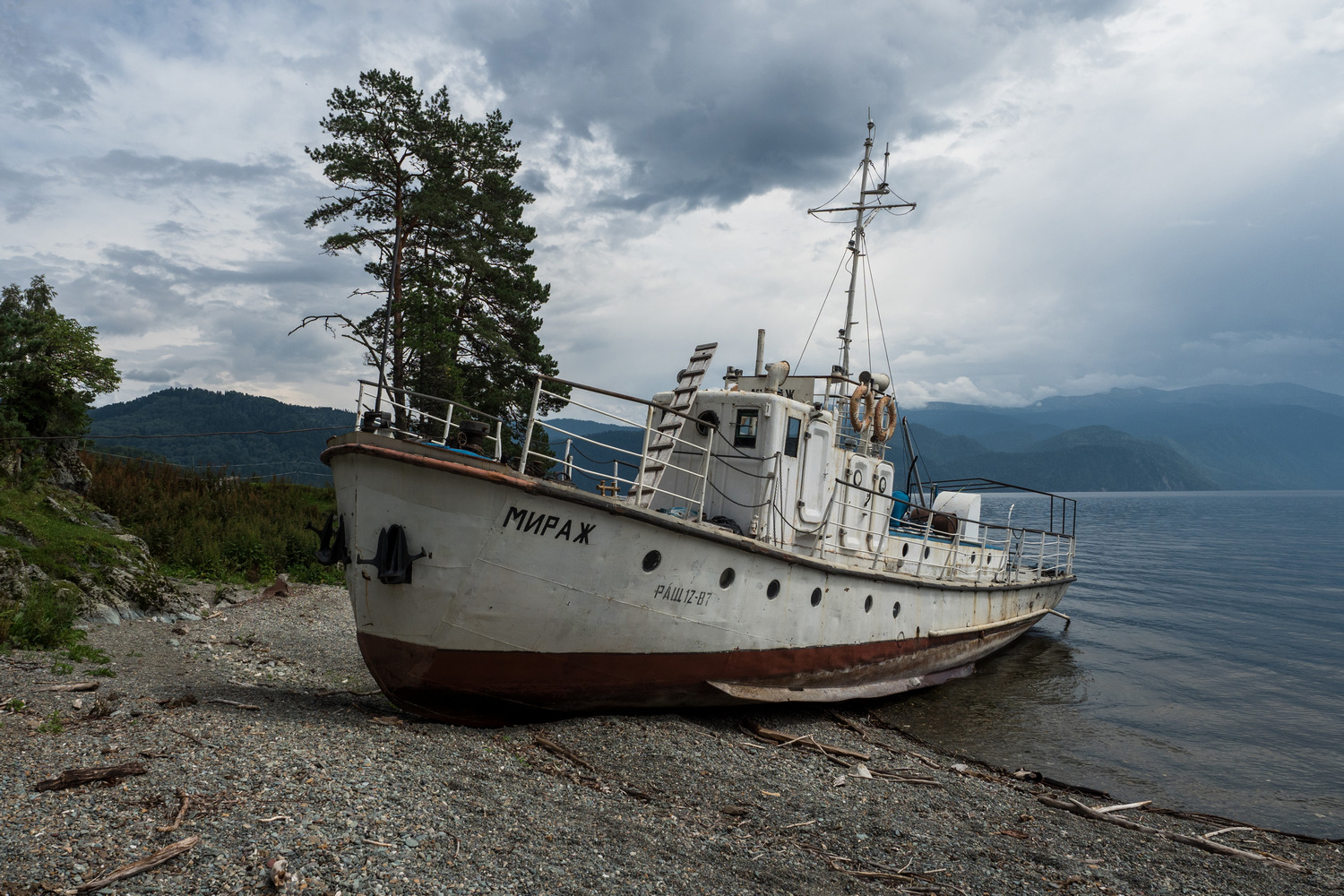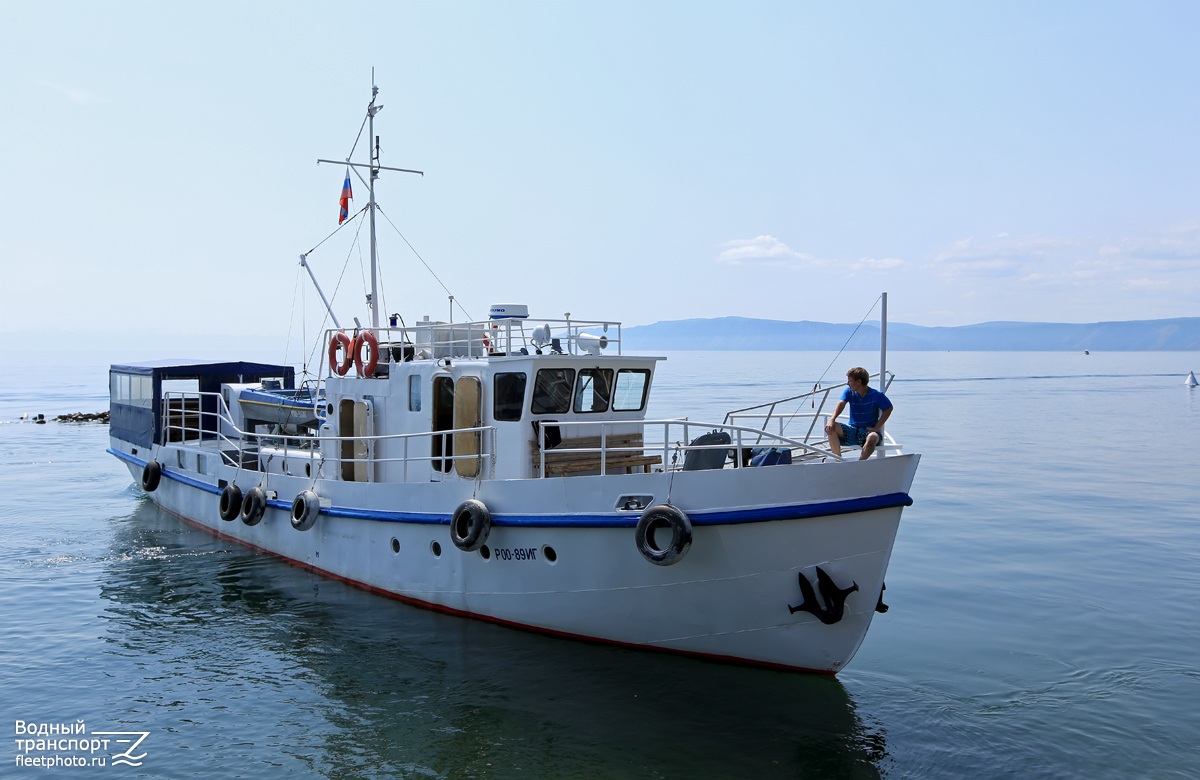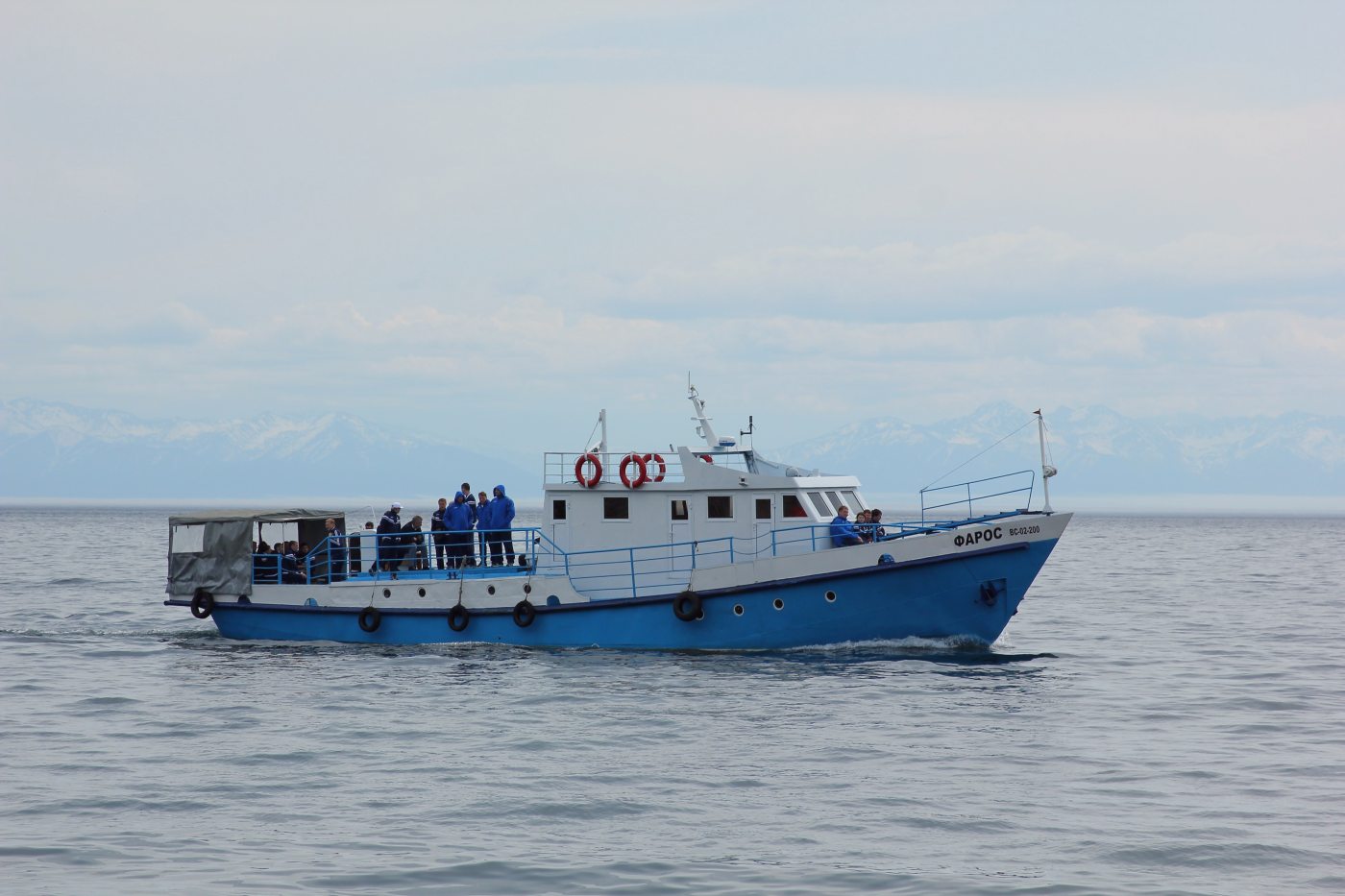Project 376 “Yaroslavets” riverboat
Download project files on Printables and cults3d.
The prototype
Project 376 "Yaroslavets" (Ярославец) is a Soviet and Russian riverboat. It was designed in 1953 and since then was manufactured in huge quantities. As is common for civilian machines of USSR, the original design has military origins, and Project 376 was envisioned as a multipurpose support vessel. A lot of these ships are still used by organizations and individuals on many ex-USSR rivers and lakes.
In particular, they constitute a huge portion of lake Baikal fleet. There they are used as recreational and tourist ships, and most of them were rebuilt from original design, some to the point of being unrecognizable.
The 3D model is of the Project 376Y design from 1955, it has some modifications from original Project 376 (e.g. anchor ports on both sides).
The ships were specifically designed to be transported by train, with deckhouse removed. However I didn’t find any pictures of it, so I did not implement it.
Here is a wikipedia page about the class (in Russian).
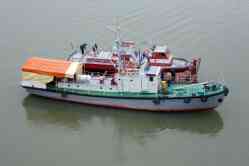
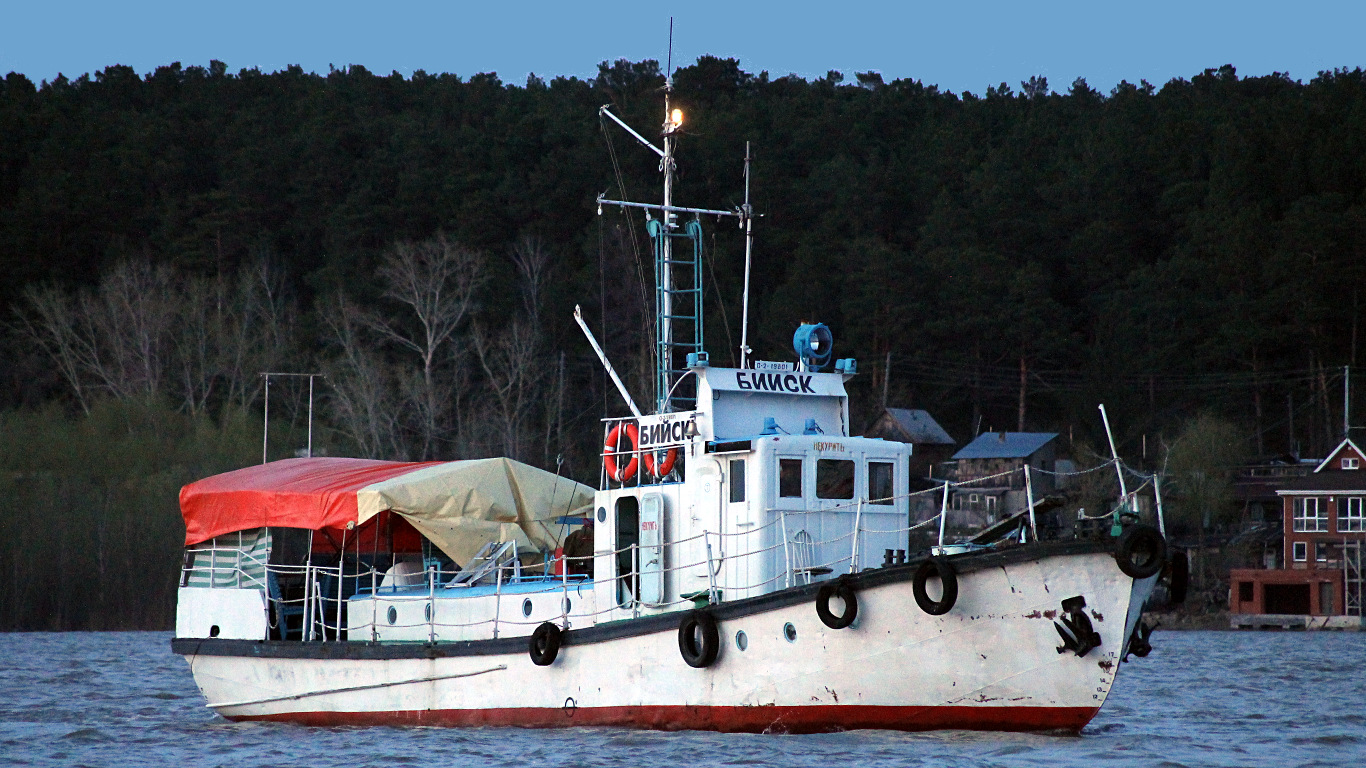
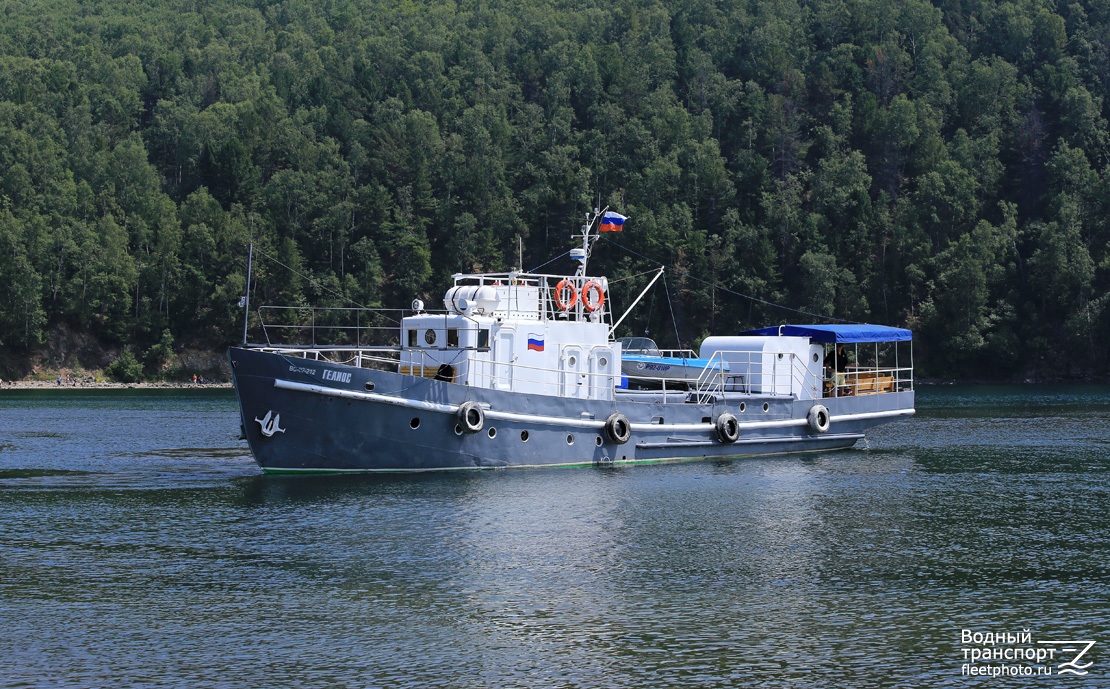
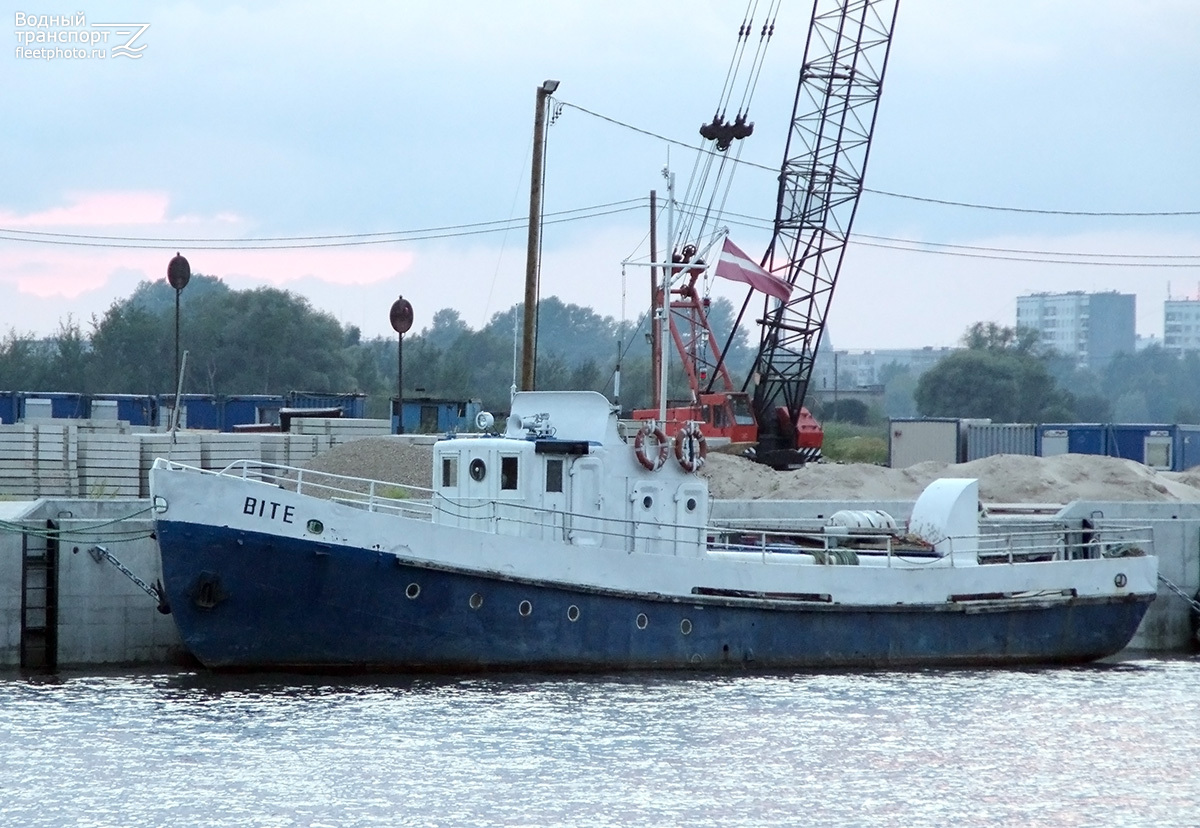
The model
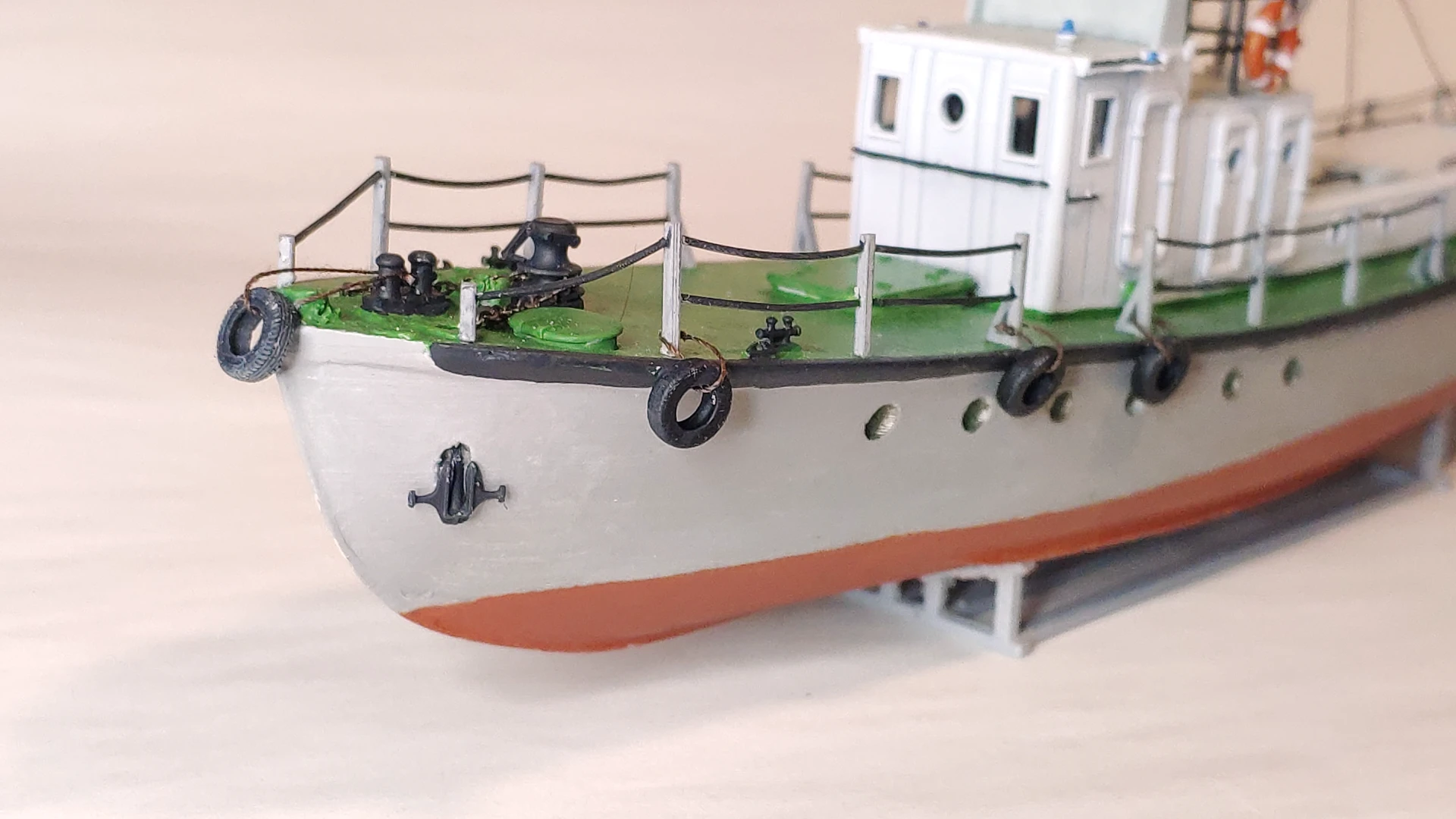
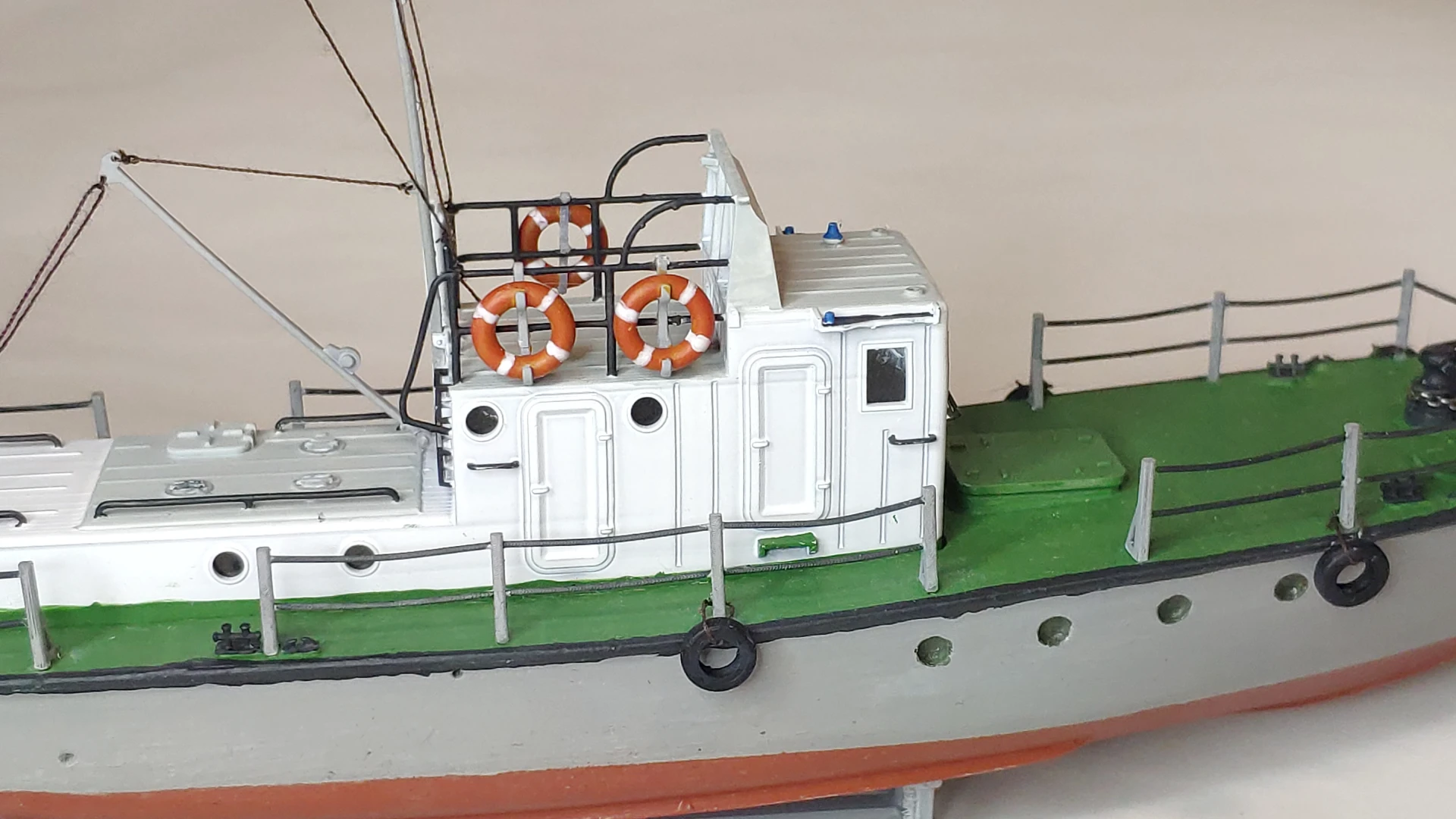

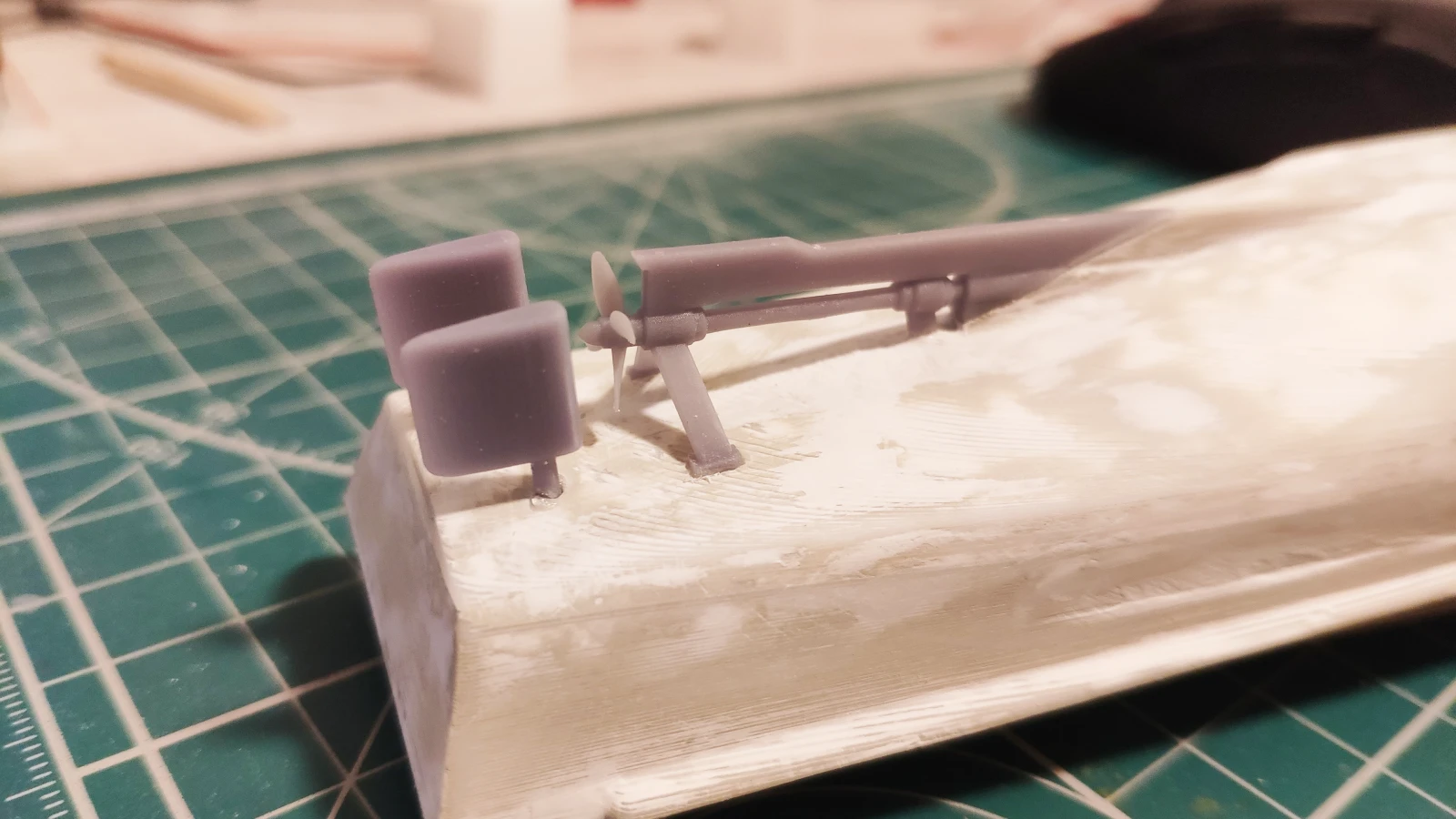



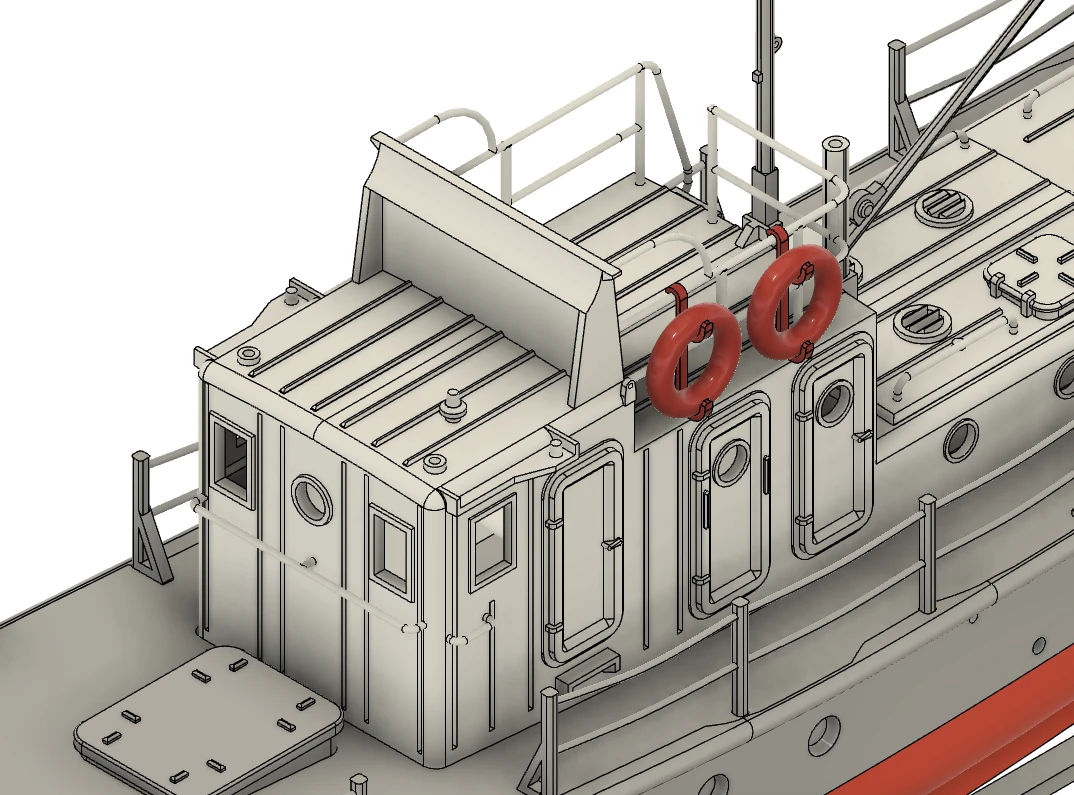
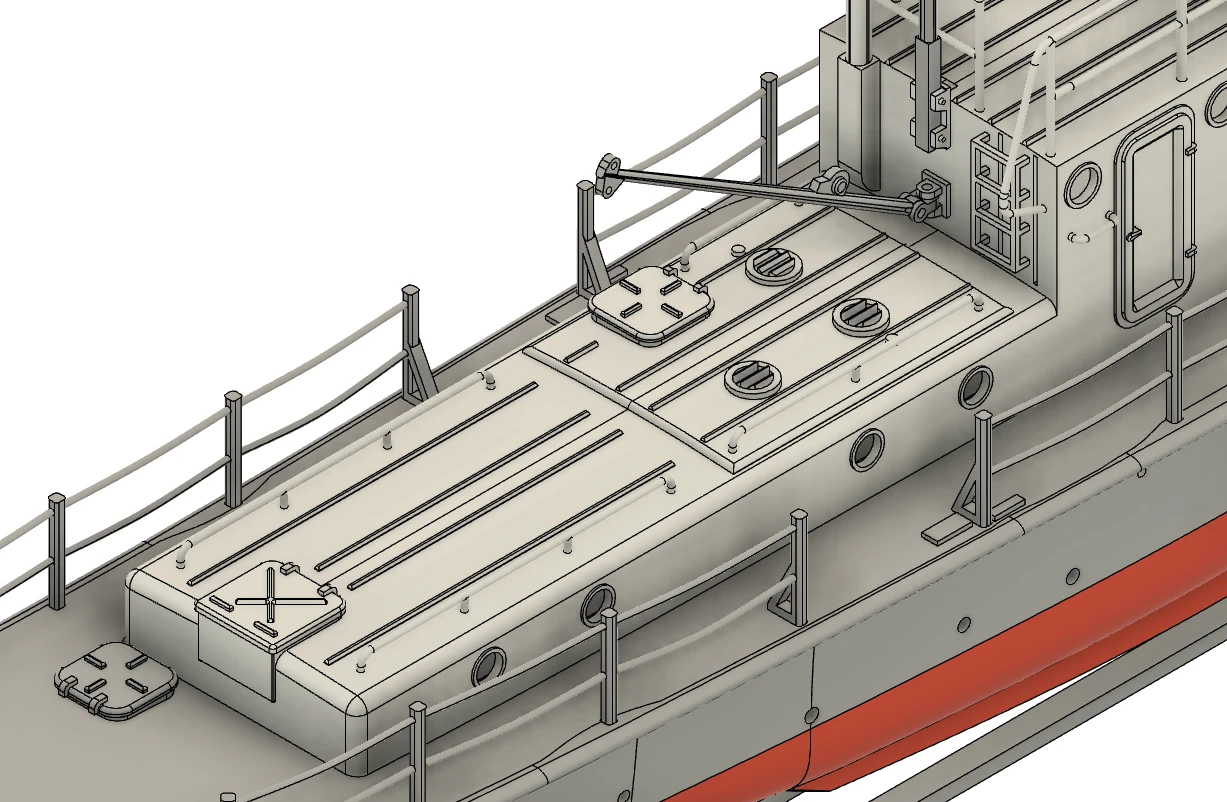

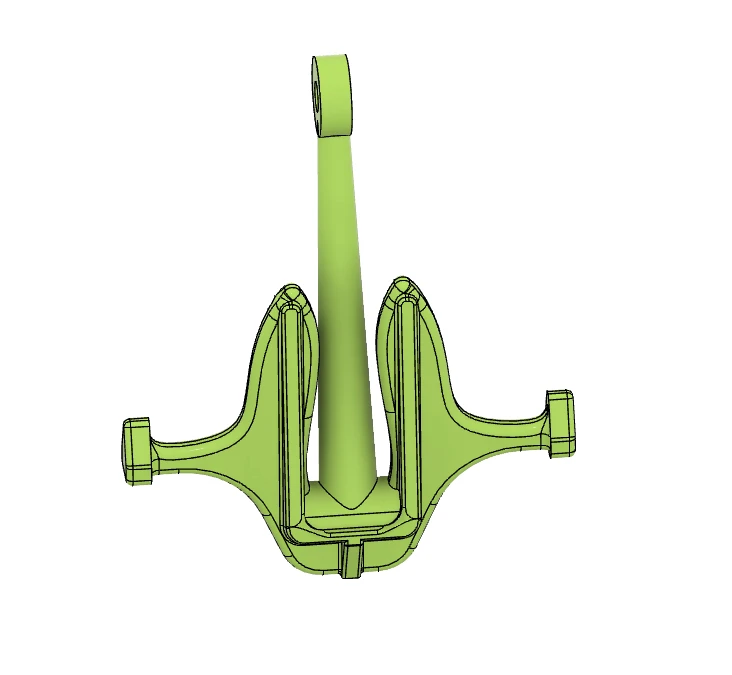
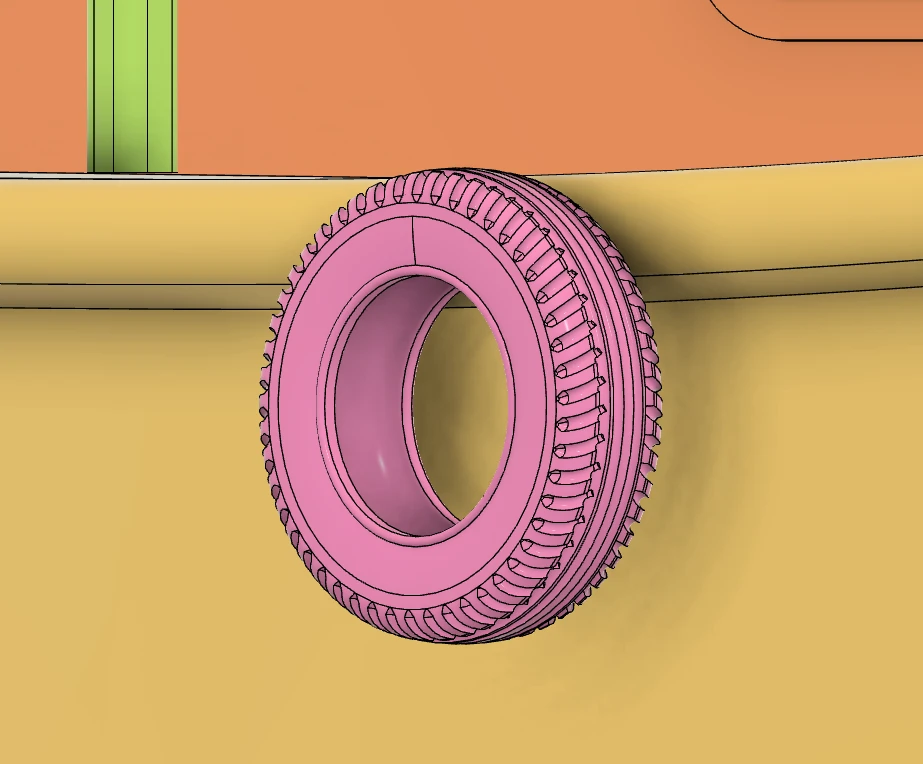
I designed the model so that large parts (the hull) is printed with FDM and the rest is printed in resin.
| This is a complicated model! It contains small parts and tiny details, and so requires a good skill with 3D printer. To achieve good results you also need to use wood filler, primer, sandpaper and other model making tools and techniques. |
The hull fits a 230mm bed of Ender 3, and in fact, I chose the model for this particular reason. There are 2 variants of the hull. One version is split into 2 parts ("Hull smooth upper", "Hull smooth lower"), roughly along the waterline; they can be printed laying flat on the printbed. No supports are required in this case. To align the 2 hull pieces when gluing, 2 pieces of 1.75mm filament can be used, there are round holes for that. If you intend to put the model on a diorama with water, you don’t need to print underwater details at all. Second option is the hull in one piece ("Hull smooth full"). Supports are required for this option, but it has the benefit of not having a gluing seam between 2 bodies at the waterline.
Also, nothing prevents printing all of the parts in resin, if you split the hull in parts that fit into your printer. If you go this way, you may as well print the hull with small details attached (mind the gaps between the parts in design!)
You will need more than one of some of small parts, including:
-
2x Anchor
-
6x Knecht and Chock
-
2x Rudder
-
2x Hatch 1 and Hatch 2
-
Lifebuoy, 2 to 4, to your liking
-
Tyre, 6 to 9, to your liking
-
Railings 1, Railings 2 and Railings 3 also need to be mirrored.
To attach hull railings, a piece of 0.5mm wire can be useful, there are alignment holes in hull and in the railing posts.
The model also includes stand that really helps during assembly and painting. I tried to make it look as a realistic support used for securing the vehicle when storing and repairing.
It turned out that at this scale resin-printed masts are not very rigid, so be careful with them or make them from metal wires. Or don’t make them at all, some modern versions of the boat do not have them.
Printing settings
FDM prints: 0.12-0.2mm layer height, 10%-20% infill, PLA, no supports.
Resin prints: defaults, 50um layer height. I used PrusaSlicer to add supports manually.
Links
-
https://web.archive.org/web/20230720175442/https://www.kateratut.narod.ru/proekt/376t.htm - very informative page with a lot of technical drawings including hull sections.
-
https://fleetphoto.ru/photo/339726/?vid=5519 - paint scheme of modern-day civilian variant with almost original deckhouse.
-
https://forums.airbase.ru/2018/01/t86063_13--katera-pr-376-yaroslavets.html - a lot of close-up pictures.
